First time buyers get 20% off *
Three Dances (1913)
John Ireland (1879 - 1962)
AATB Saxophone Quartet
Three Dances by John Ireland arranged for AATB Saxophone Quartet. Originally written as a set of piano pieces, these short dances are full of character and energy. Each movement is written in its own distinct style. They can be programmed individually or played as a suite. The 3 movements of this work are:
- Gypsy Dance, around 1′:45″; fast (but not too fast)
- Country Dance, around 3′; slow and lyrical
- Reapers’ Dance, around 1′:45″; fast and rhythmic
With this arrangement of Three Dances you get:
- AATB Saxophone Quartet Full Score
- Saxophone Parts
- Alto Sax 1
- Alto Sax 2
- Tenor Sax
- Baritone Sax
Straightforward rhythms and relatively simple key and time signatures makes this set of three short pieces an easy success for intermediate sax players. The alto 1 part is slightly more advanced as it has a wider range.
- The range for each saxophone part is shown below.
- Audio and score samples are available above.

About the Composer
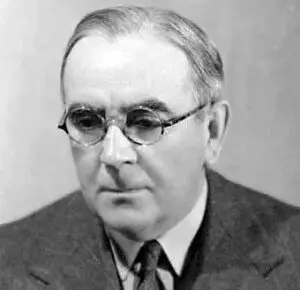 John Ireland (born August 13, 1879, Bowdon, Cheshire, Eng.—died June 12, 1962, Washington, Sussex) was an English composer known for his songs, chamber music, and programmatic orchestral works. He was born into a family of Scottish descent and some cultural distinction. His parents died soon after he had entered the Royal College of Music at the age of 14. He studied piano and organ there, and later composition under Charles Villiers Stanford.
John Ireland (born August 13, 1879, Bowdon, Cheshire, Eng.—died June 12, 1962, Washington, Sussex) was an English composer known for his songs, chamber music, and programmatic orchestral works. He was born into a family of Scottish descent and some cultural distinction. His parents died soon after he had entered the Royal College of Music at the age of 14. He studied piano and organ there, and later composition under Charles Villiers Stanford.
Subsequently John Ireland became a teacher at the College himself, his pupils including Ernest John Moeran (who admired him) and Benjamin Britten (who found Ireland’s teaching of less interest). He was sub organist at Holy Trinity Church, Sloane Street, London SW1, and later became organist and choirmaster at St. Luke’s Church, Chelsea, London. Ireland retired in 1953, settling at the small hamlet of Rock in Sussex for the rest of his life. He is buried in nearby Shipley churchyard.
From Stanford, Ireland inherited a thorough knowledge of the music of Beethoven, Brahms and other German classics, but as a young man he was also strongly influenced by Debussy and Ravel as well as the earlier works by Stravinsky and Bartók. From these influences, he developed his own brand of “English Impressionism”, related closer to French and Russian models than to the folk-song style then prevailing in English music.
Like many Impressionist composers, Ireland favored small forms, although his Piano Concerto is among his best works. His output includes chamber music and a substantial body of piano works, including his best-known piece The Holy Boy, known in numerous arrangements. Due to his job at St. Luke’s Church, he also wrote hymns, carols and other sacred choral music.

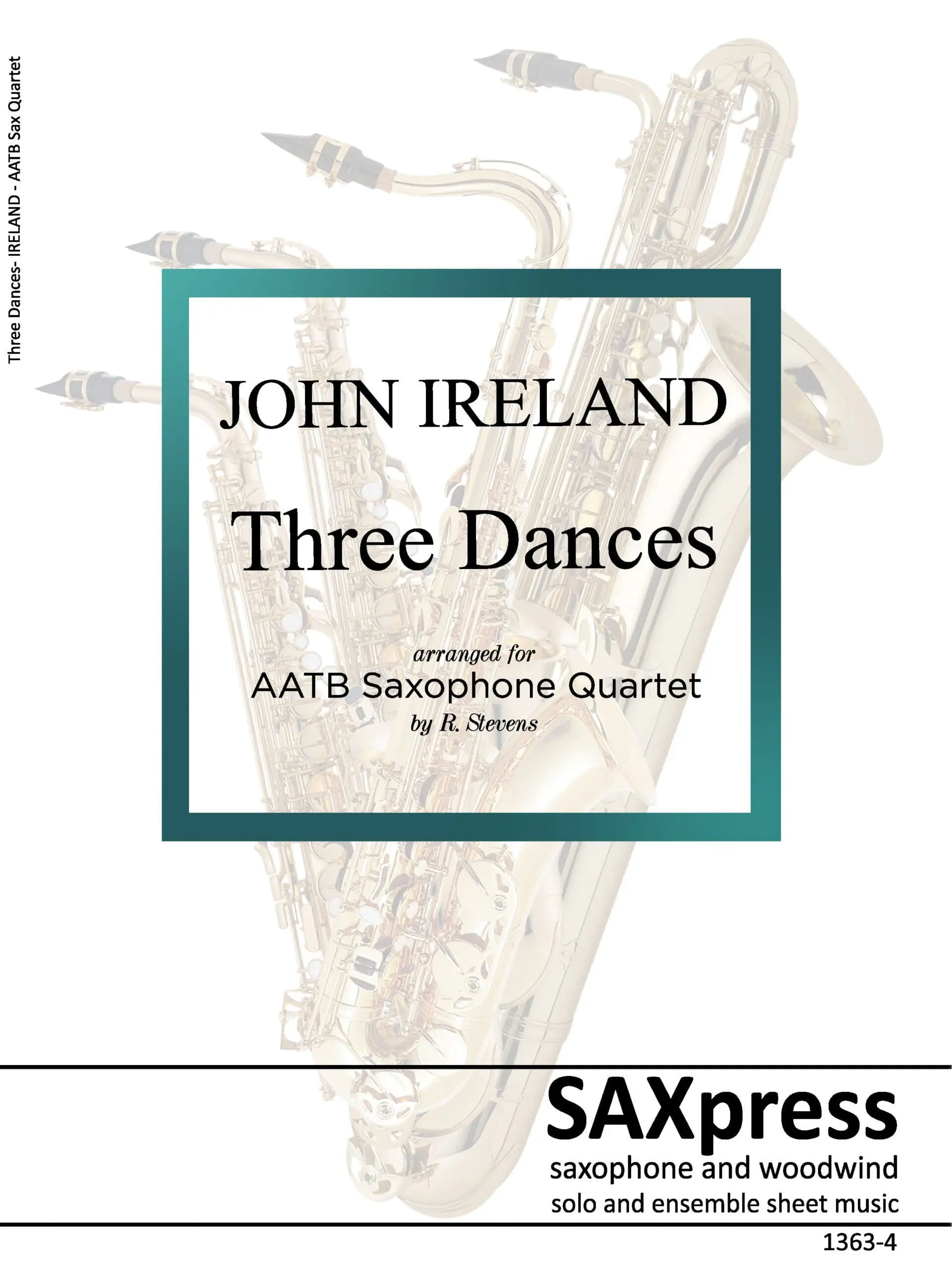
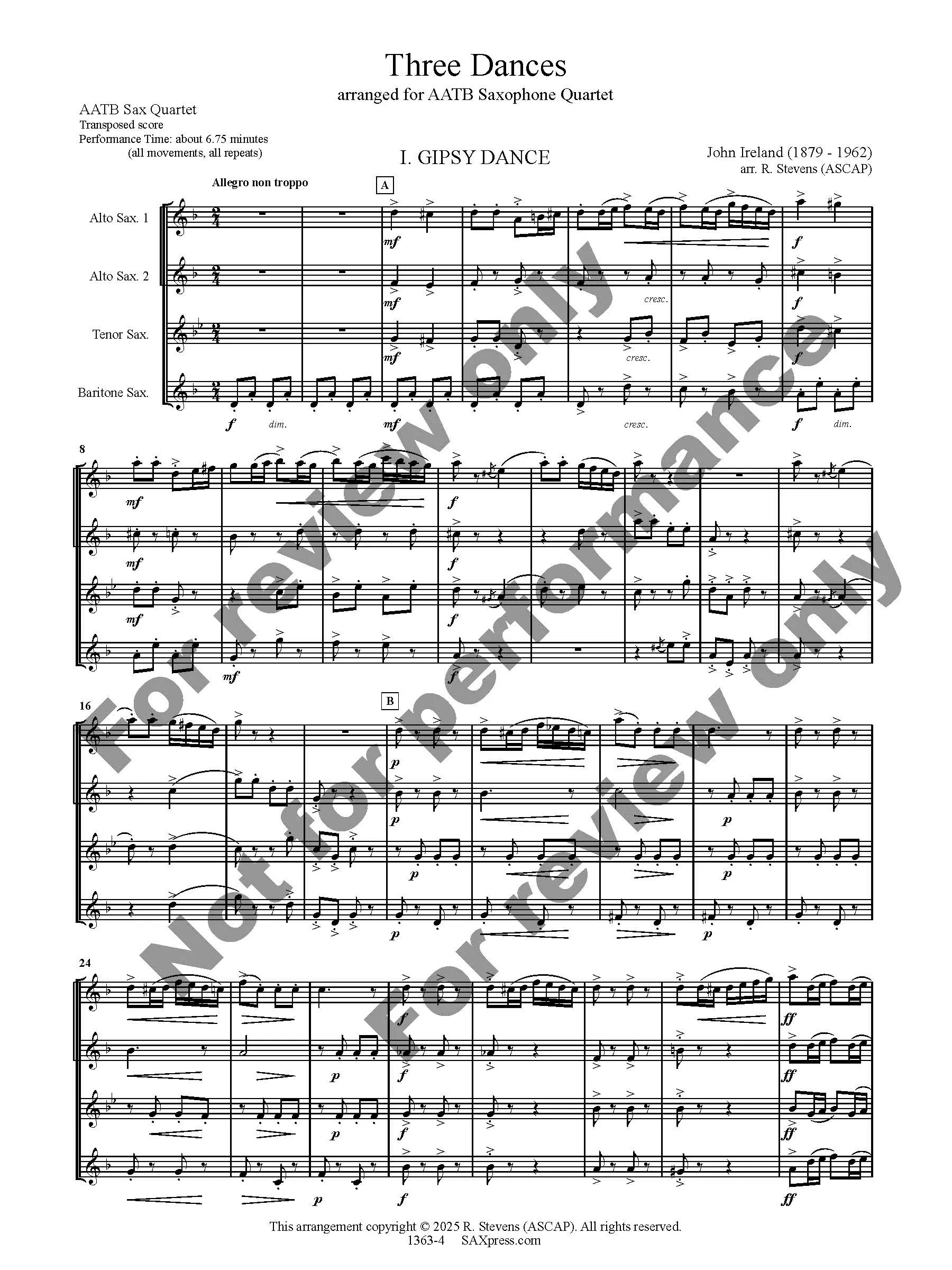
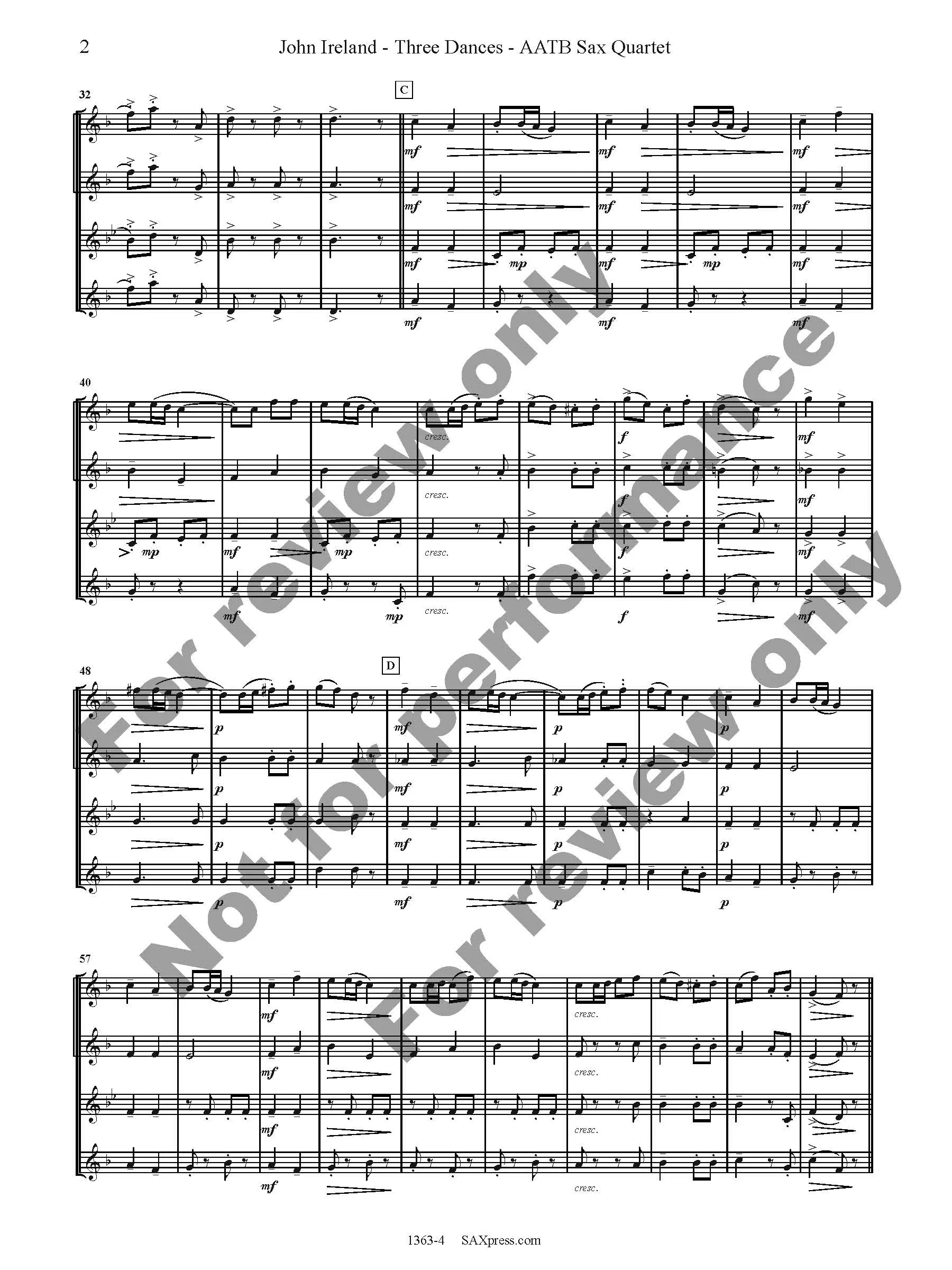
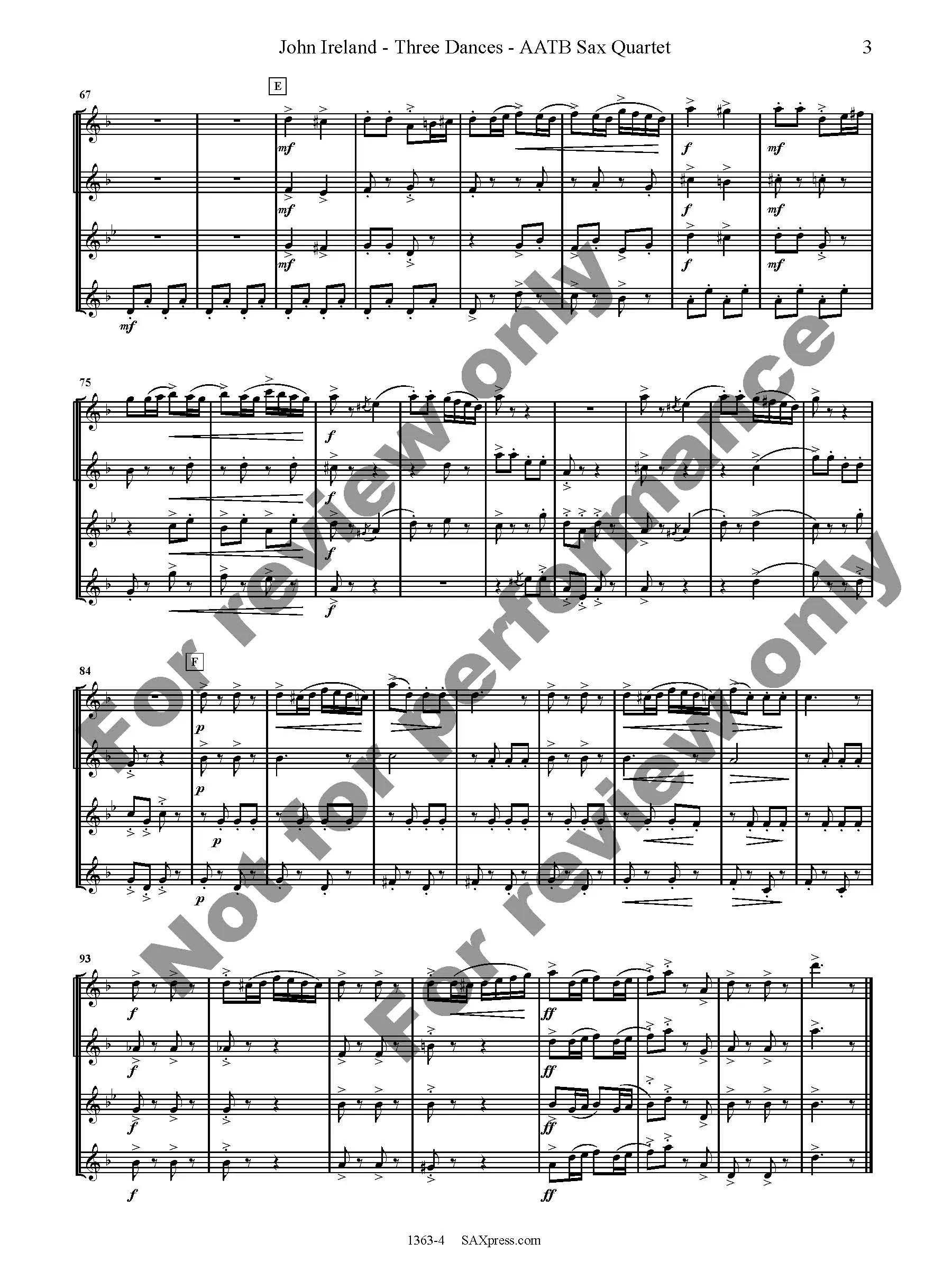
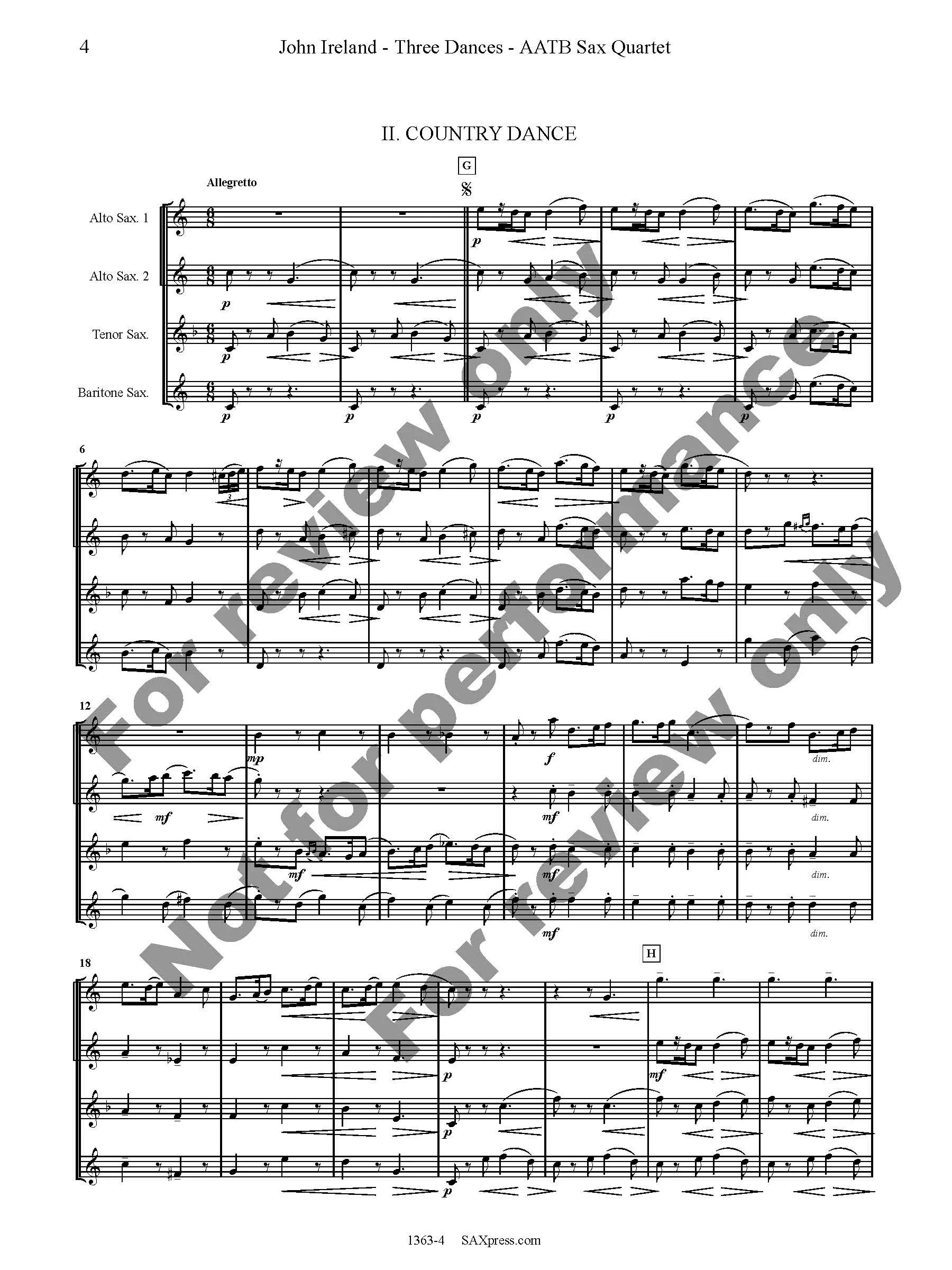
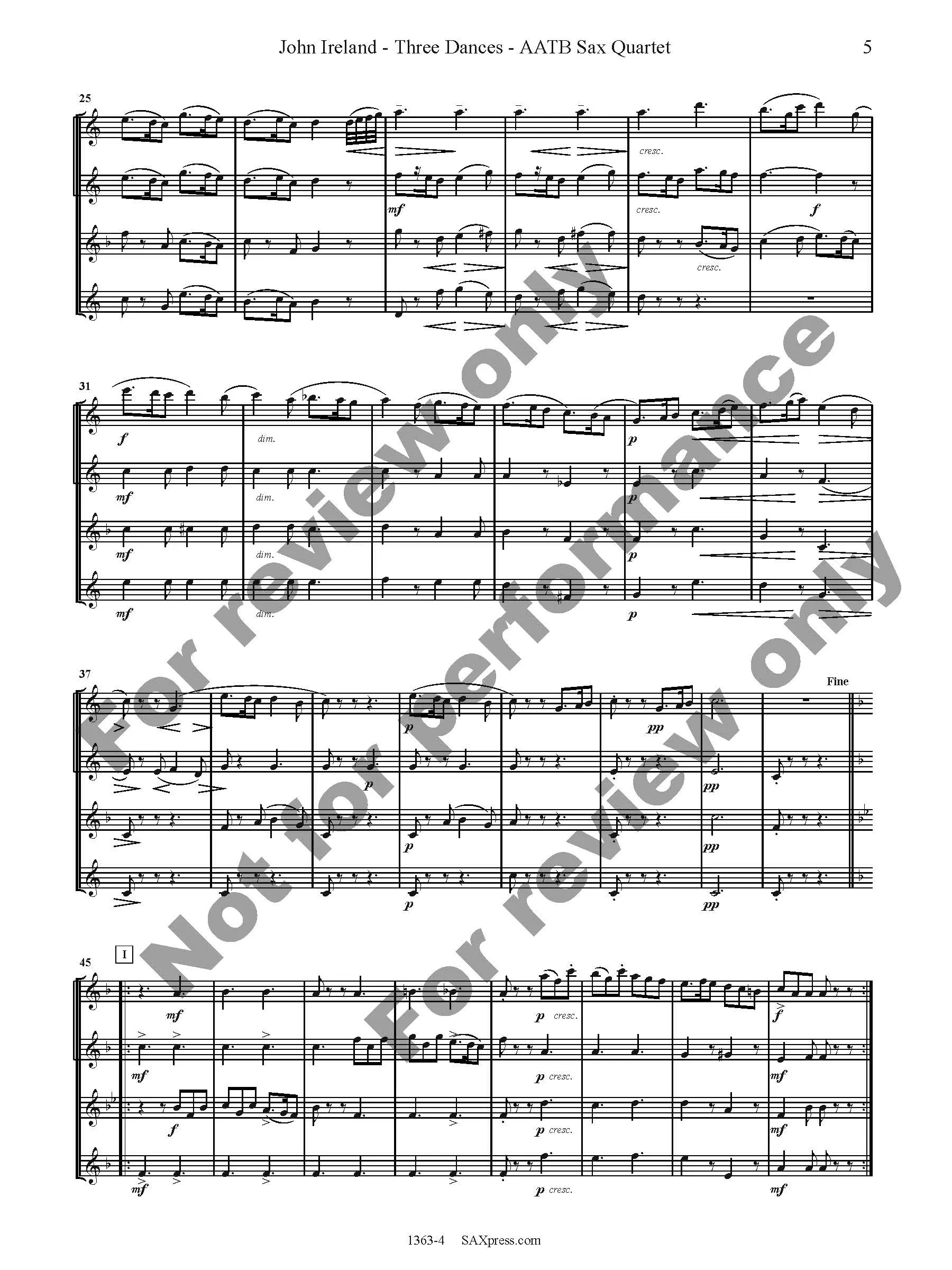
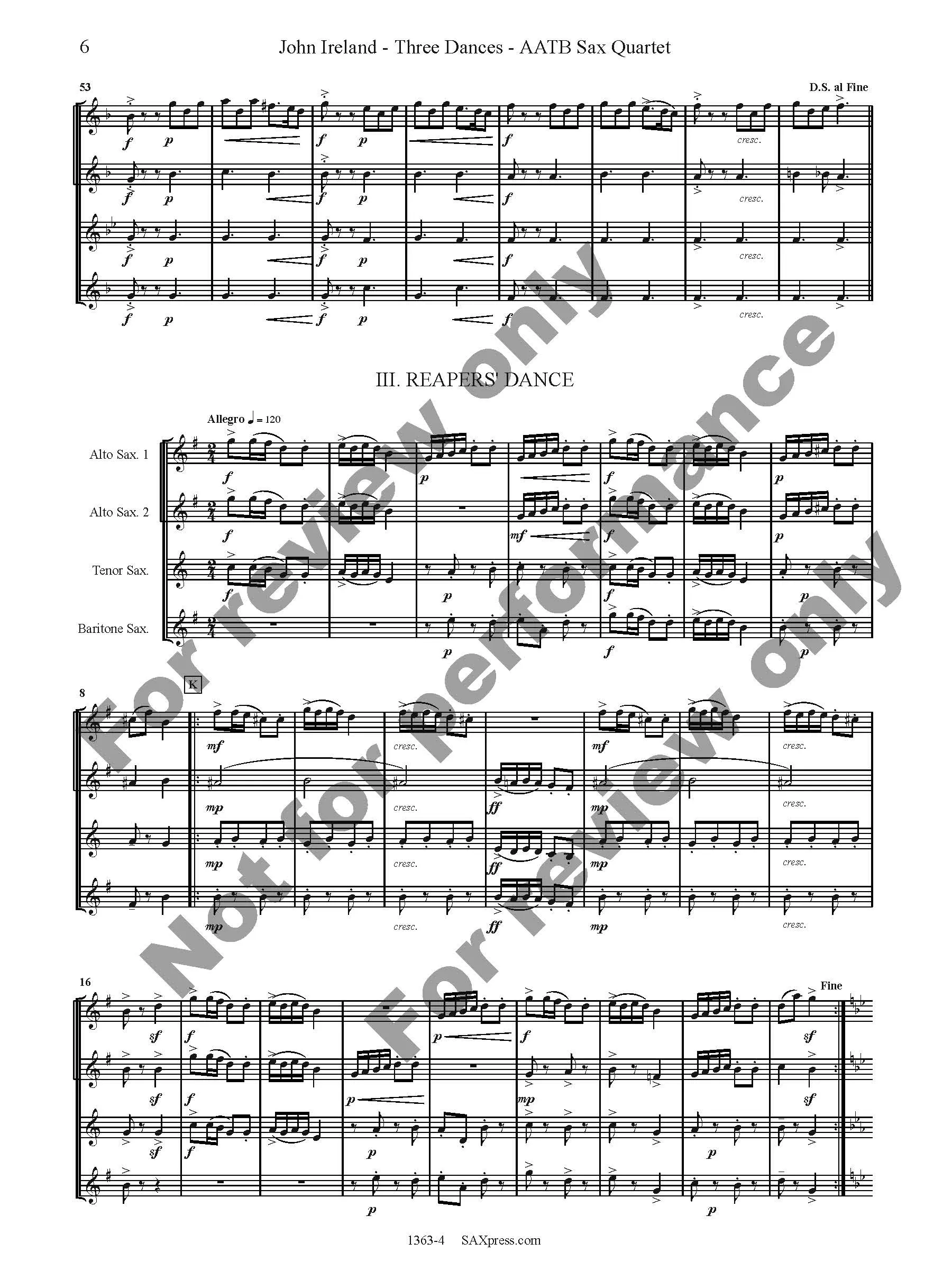
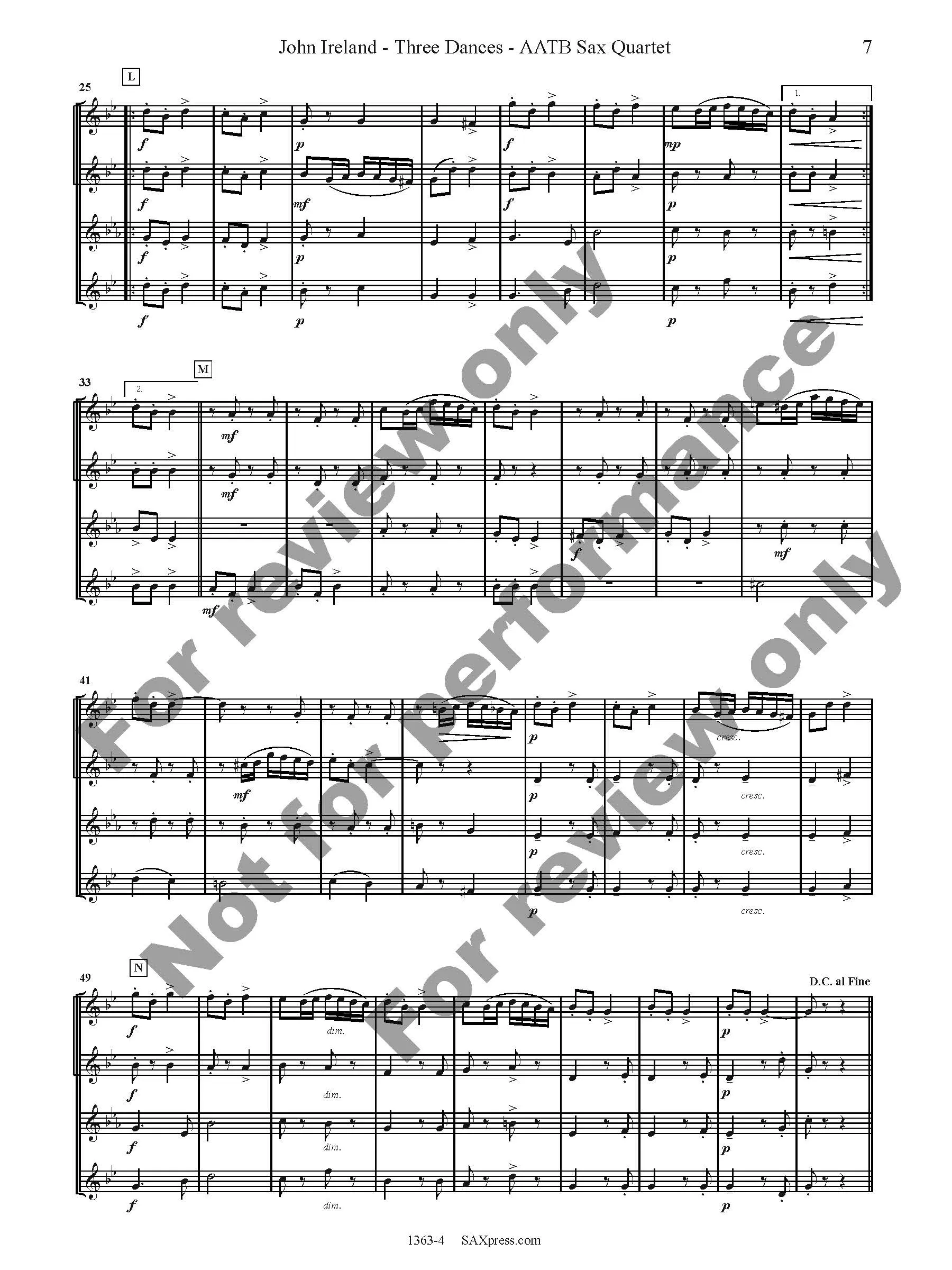
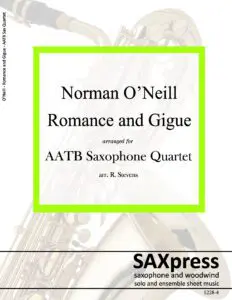
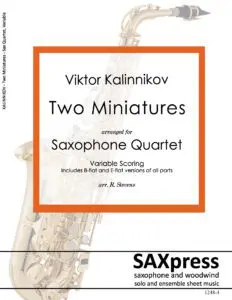
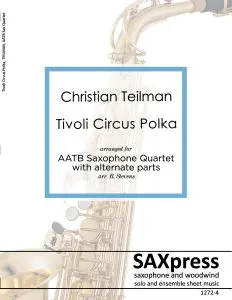
Reviews
There are no reviews yet.